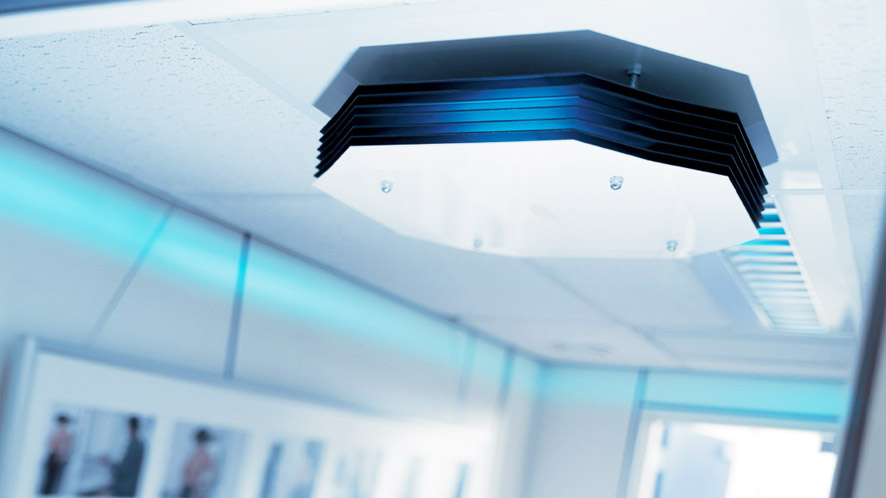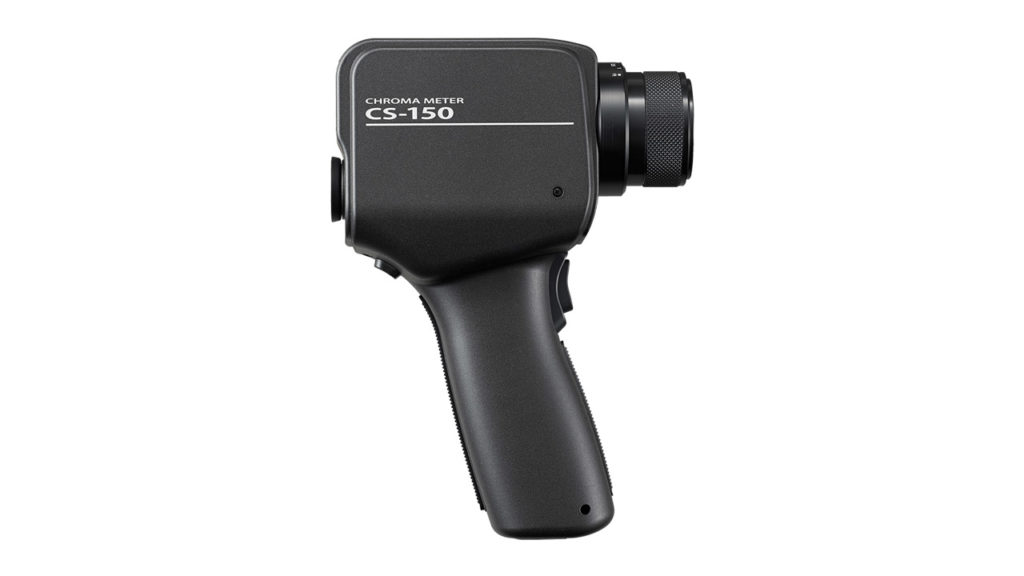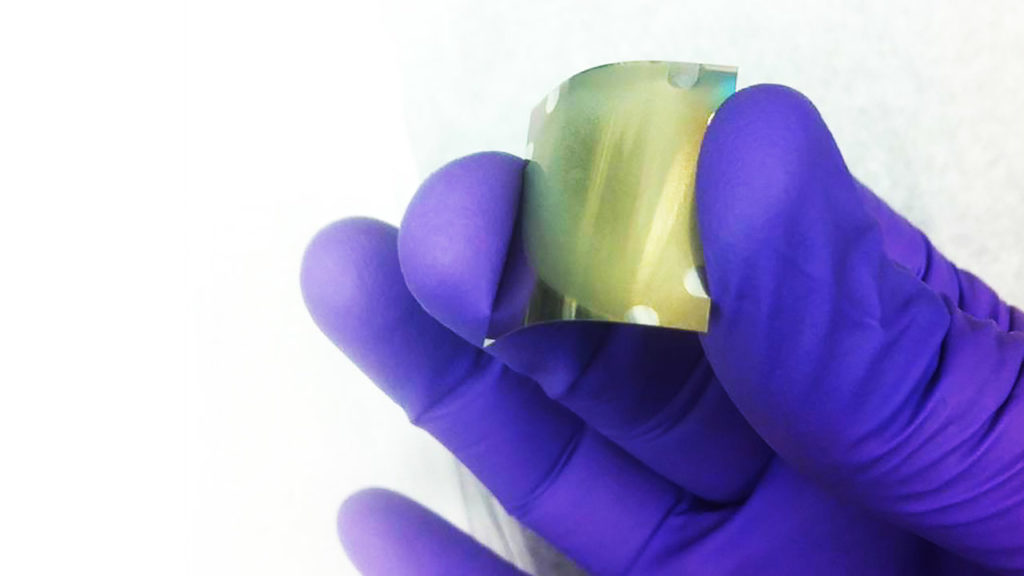Nanoparticles Can Boost LED Lighting Efficiency by 50%
In an advance that could boost the efficiency of LED lighting by 50 percent and even pave the way for invisibility cloaking devices, a team of University of Michigan researchers has developed a new technique that peppers metallic nanoparticles into semiconductors.

In an advance that could boost the efficiency of LED lighting by 50 percent and even pave the way for invisibility cloaking devices, a team of University of Michigan researchers has developed a new technique that peppers metallic nanoparticles into semiconductors.
It’s the first technique that can inexpensively grow metal nanoparticles both on and below the surface of semiconductors. The process adds virtually no cost during manufacturing and its improved efficiency could allow manufacturers to use fewer semiconductors in finished products, making them less expensive.
The metal nanoparticles can increase the efficiency of LEDs in several ways. They can act as tiny antennas that alter and redirect the electricity running through the semiconductor, turning more of it into light. They can also help reflect light out of the device, preventing it from being trapped inside and wasted.
The main growth chamber of the molecular epitaxy beam apparatus used to make the nanoparticle-infused gallium nitride semiconductors. The semiconductors could boost LED efficiency by up to 50 percent, and even lead to invisibility cloaking devices.
The process can be used with the gallium nitride that’s used in LED lighting and can also boost efficiency in other semiconductor products, including solar cells. It’s detailed in a study published in the Journal of Applied Physics.
“This is a seamless addition to the manufacturing process, and that’s what makes it so exciting. The ability to make 3-D structures with these nanoparticles throughout is going to open a lot of possibilities.” said Rachel Goldman, U-M professor of materials science and engineering, and physics.
University of Michigan





